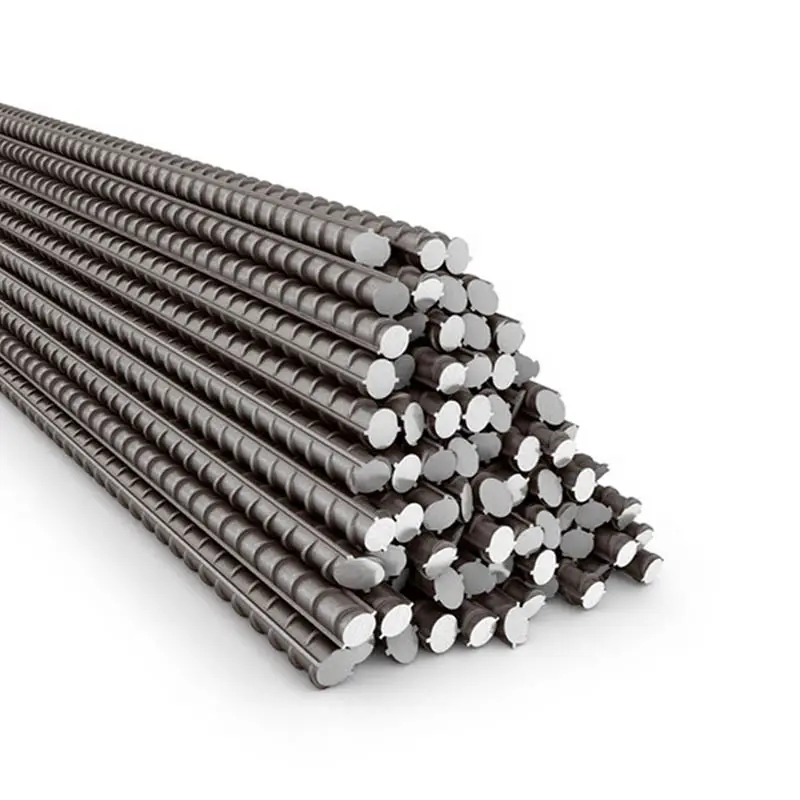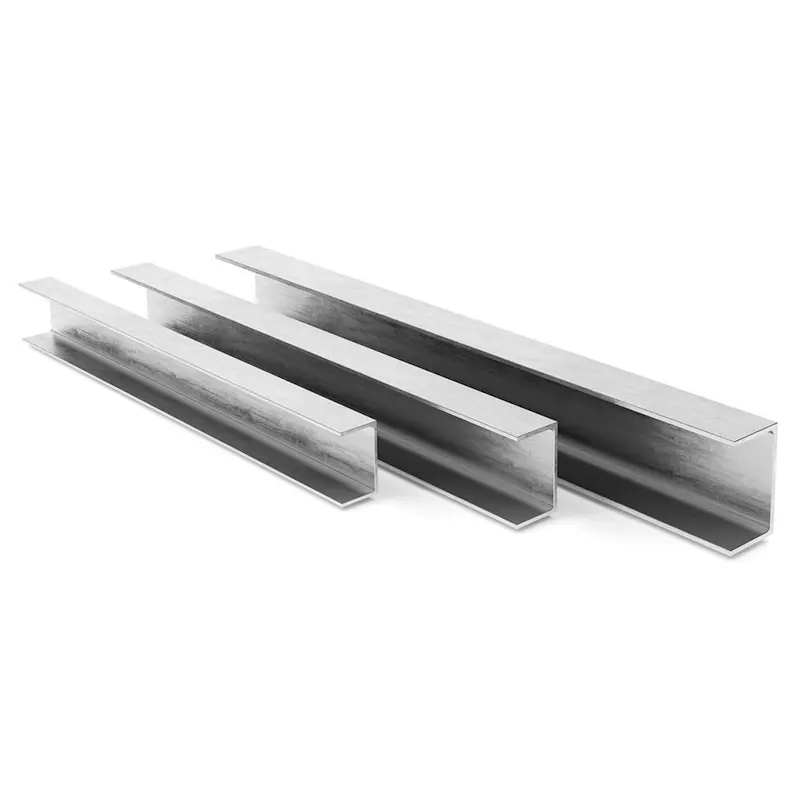Rebar for building foundations is critical for transferring structural loads from superstructures to the subsoil, requiring high tensile strength, ductility, and bond strength with concrete. Common materials include microalloyed steels (HRB 400, ASTM A615 Grade 60) with yield strengths 400–414 MPa, chosen for their ability to resist cracking under bending and shear forces in foundation slabs, piles, and retaining walls. The rebars feature deep deformation ribs (conforming to ISO 15630 1, with rib height ≥0.6mm and spacing ≤20mm) to enhance mechanical interlock with concrete, minimizing slip and improving load transfer. Design considerations include: 1) corrosion protection, with epoxy coatings (ASTM A775) or galvanization (ASTM A767) for foundations in humid or saline soils; 2) seismic performance, using ductile grades (Agt ≥9% for earthquake zones); 3) spacing optimization (150–300mm centers) to balance reinforcement efficiency and concrete placement. Quality control involves tensile tests (ultimate strength ≥550 MPa), bend tests (180° around 4D mandrel for 25mm rebars), and chloride permeability tests (ASTM C1202) to ensure long term durability. These rebars comply with international standards like ACI 318 (USA), Eurocode 2 (Europe), and GB 50010 (China), with suppliers providing detailed fabrication drawings for complex foundation designs, such as mat foundations or pile caps, ensuring structural integrity and compliance with local building codes.


